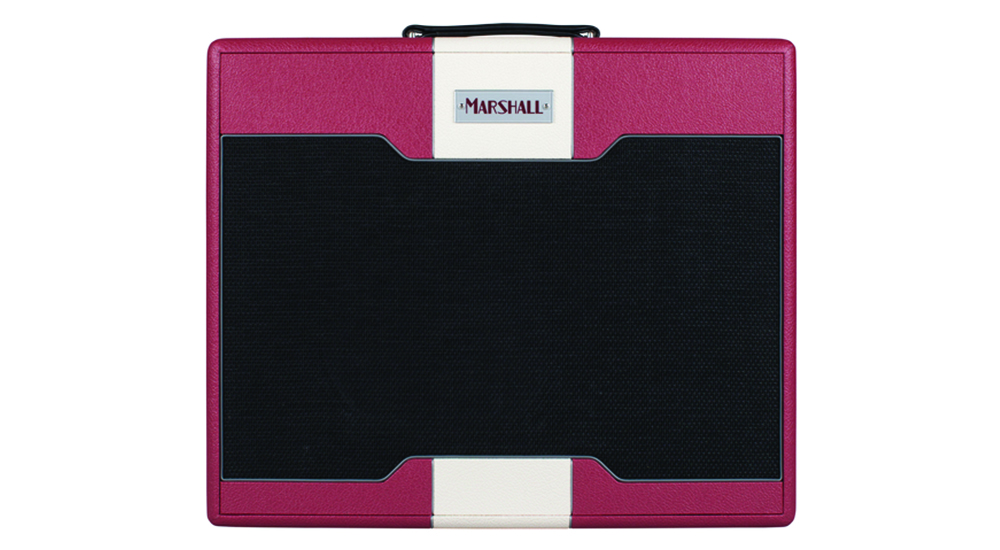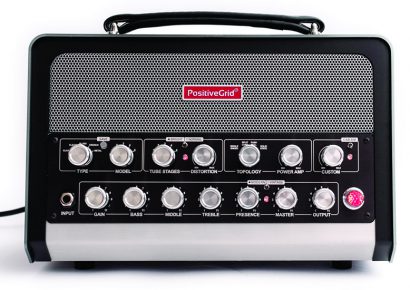The rubric here is simple enough, bring the purists all the cleanliness, body and pizazz of tube driven, point-to-point wired combo amps of the 50s and 60s with a few ultra-modern innovations for the sake of ultimate functionality. So many designs have made just this promise and fallen short to varying degrees but Marshall have really taken their time with the design and honestly kicked it out of the park.
There are three main roads into Astoria. The Classic boasts nothing but pure, unadulterated clean tone with incredible volume and throw – wired the good, old-fashioned way. The Custom is a step on from there, adding mod cons like foot-switchable effects loop, extra tone shaping options and push-pull pots for even more body and brightness where needed. The Dual is the most souped up of the trio, piling on even more tonal options and an extra dollop of gain for good measure. All three employ a unique combination of point-to-point wiring in pillars of PCB, allowing modern engineering elements to sit comfortably alongside the old guard, meaning you really have the best of both worlds.
First impressions count, especially in a build that plants its flag firmly in the uniqueness camp. Top mounted, brushed aluminium control panels leave room for the tasteful ‘oxblood’ Marshall logo, used briefly on some plexi models in the 60s, front and center across the face of the amp. Each tier is the series is designated a colour; green and cream for the Classic, red and cream for the Custom and blue and cream for the Dual, meaning that they are all dressed to express their life-of-the-party personality inside. There’s a distinct ‘Elvis in a hotrod’ attitude to the aesthetic but they are by no means limited to that tired, old rockabilly schtick.
I spent the most time playing around with the Custom and was deeply satisfied with the maneuverability in the tone stack. The Celestion Creamback peering out from the half closed rear of the enclosure goes a long way to ensuring all the rounded warmth of the vintage voicing is as healthy as it should be. An interesting combination of tubes, one 12AX7 in the preamp, a GZ34 rectifier and a KT26 on the way out, lend a huge amount of originality without veering too far into alien territory. With everything at noon and just the Gain and Master at play, you have all the crispy, British clip that players crave dialed in just the way you like it. Pull the Gain knob up and you add a massive amount of body to the tone without muddying up proceedings and the Treble knob pulls up to unlock shimmering brightness without any of the icy cackle that studio engineers loathe. There’s a healthy amount of super clean boost at the flick of a switch for when your turn comes to solo, as well as power attenuation via pulling up the Master knob, an effects send and return with a dedicated blend dial in the back and three jacks for any and every extension cabinet option on the market, all of which amounts to unprecedented versatility.
Where most amps have a Presence knob at the end of the stack adding high mids to taste, Marshall have opted for what they’re calling ‘Edge control’ and I really found this an interesting bit of exploration. Rather than tweaking information to the tops, the Edge dials in a subtle amount of extra artifact and overtone, almost like a Q contour over the whole of the midrange, which juices up your tone with a bit of enticing, sugary sweetness that I never even realised I needed.
Marshall’s Astoria series is just what the doctor ordered, a series of amps that satisfies the needs of both the super snobby vintage purist and the modern option addict alike. Schmick looks and personality to match, there is no limit to the fun you’ll have with these guys in your life.

